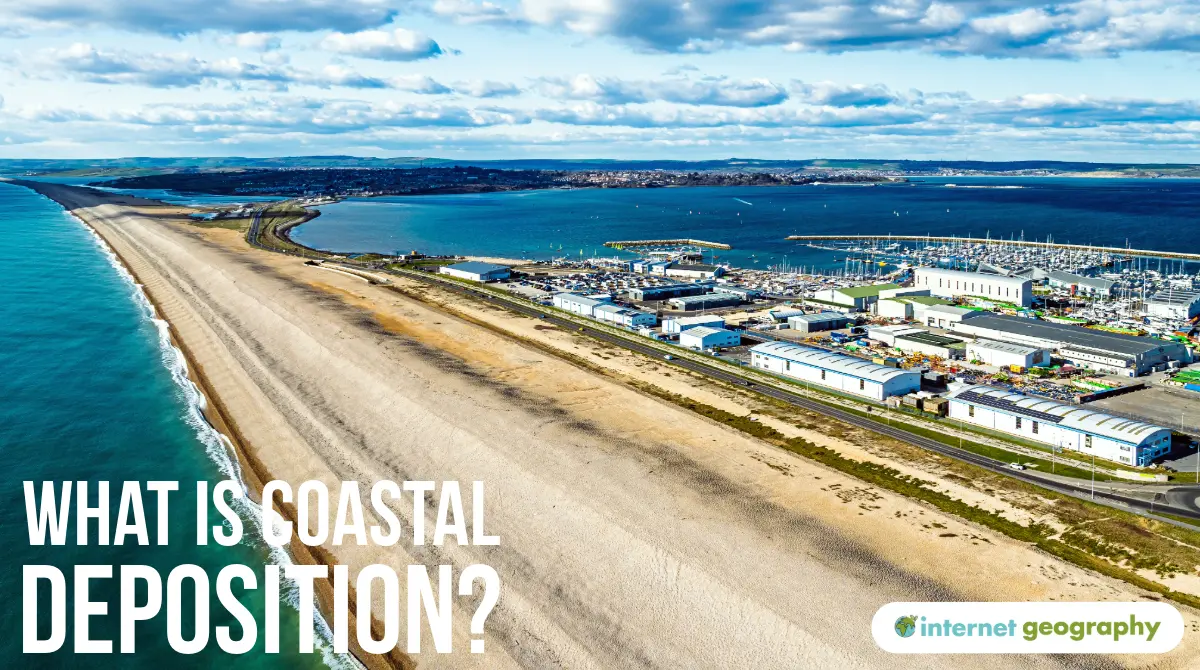What is coastal deposition?
Deposition occurs when material being transported is dropped by constructive waves. It happens because waves have less energy.
Deposition happens when the swash is stronger than the backwash and is associated with constructive waves.
So, where does deposition happen? Deposition is likely to occur when:
- waves enter an area of shallow water;
- waves enter a sheltered area, eg a cove or bay;
- there is little wind;
- a river or estuary flows into the sea, reducing wave energy;
- there is a good supply of material, and the amount of material being transported is greater than the wave energy can transport.
Deposition creates a range of landforms. You can find out more on the depositional landforms page.

